Tyrosine Kinase
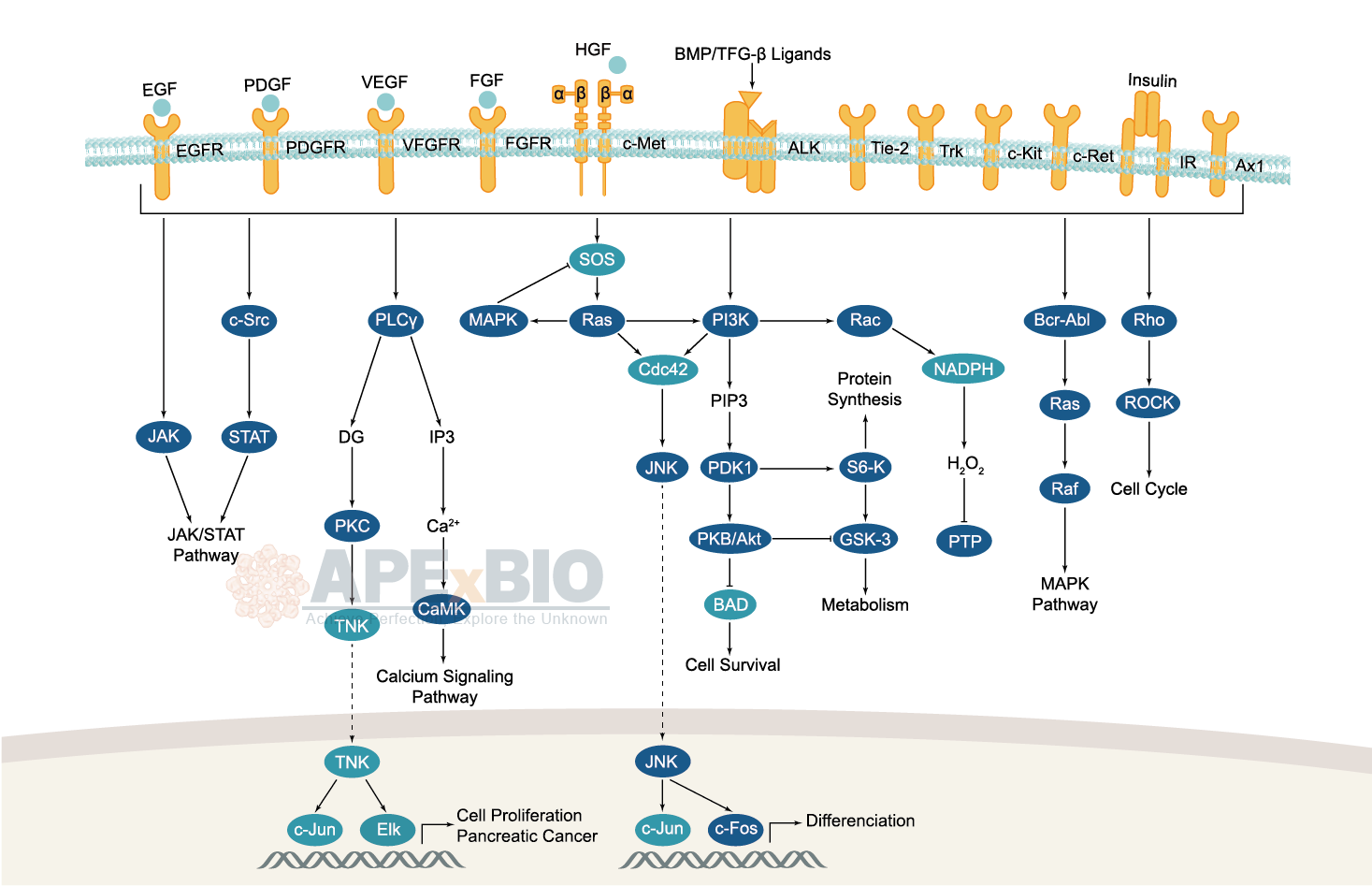
Receptor tyrosine kinases bind to extracellular ligands/growth factors, which promotes receptor dimerization and autophosphorylation of receptor tyrosine residues. This triggers a cascade of downstream events through phosphorylation of intracellular proteins that ultimately transduce the extracellular signal to the nucleus, causing changes in gene expression. Receptor tyrosine kinases include EGFR/ErbB, PDGFR, VEGFR, FGFR and MET subfamilies etc. Dysfunctions in tyrosine phosphorylation are linked to oncogenic transformation. In additions, various adaptor and effector proteins couple to carboxy-terminal of an active kinase. For instance, binding of the GRB2 adaptor protein activates EGFR and MAPK/ERK signaling.
Non-receptor tyrosine kinases involve many well-defined proteins (e.g. the Src family kinases, c-Abl, and Jak kinases) and other kinases which regulates cell growth and differentiation. For example, Src family kinases are curial for activating and inhibitory pathways in the innate immune response.
-
 C4363 Rp-8-bromo-Cyclic GMPS (sodium salt)Summary: cGMP-dependent protein kinase (cGK) inhibitor
C4363 Rp-8-bromo-Cyclic GMPS (sodium salt)Summary: cGMP-dependent protein kinase (cGK) inhibitor -
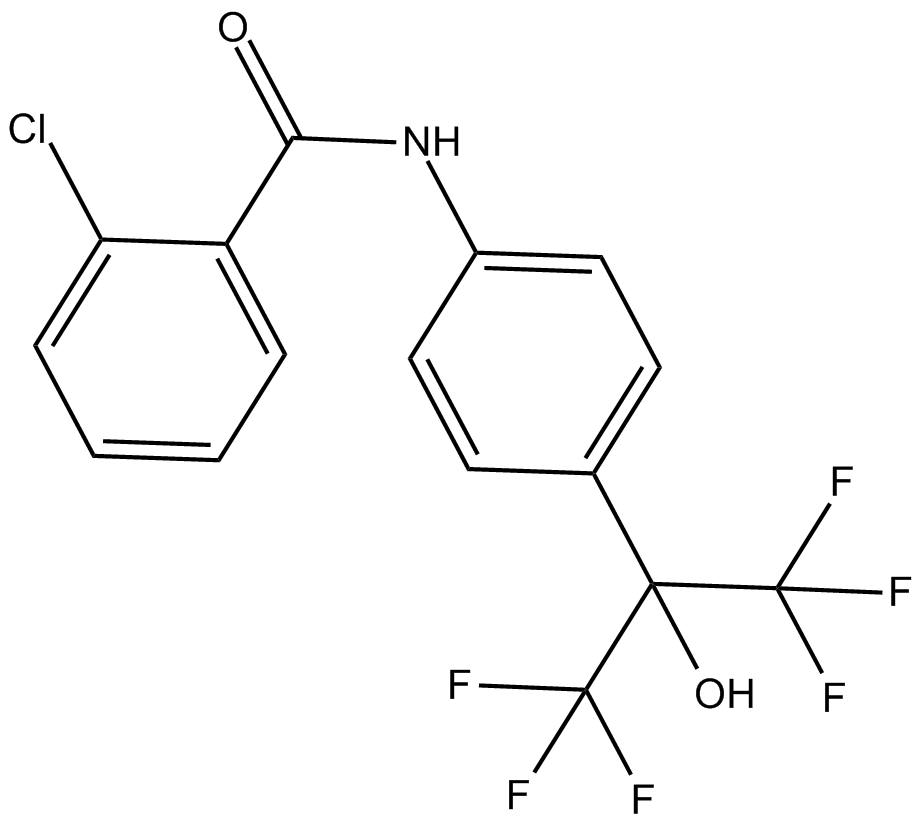 C4281 SR 0987Summary: agonist of the T cell-specific isoform of RORγ
C4281 SR 0987Summary: agonist of the T cell-specific isoform of RORγ -
 C5553 HNMPASummary: cell impermeable tyrosine kinase inhibitor
C5553 HNMPASummary: cell impermeable tyrosine kinase inhibitor -
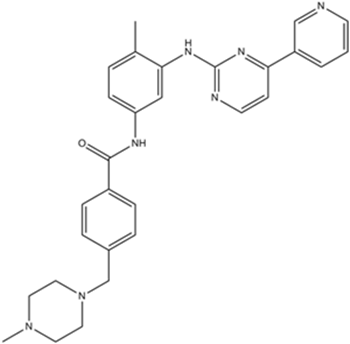 B2171 Imatinib (STI571)3 CitationTarget: PDGFR|c-Kit|Bcr-AblSummary: Protein-tyrosine kinase inhibitor
B2171 Imatinib (STI571)3 CitationTarget: PDGFR|c-Kit|Bcr-AblSummary: Protein-tyrosine kinase inhibitor -
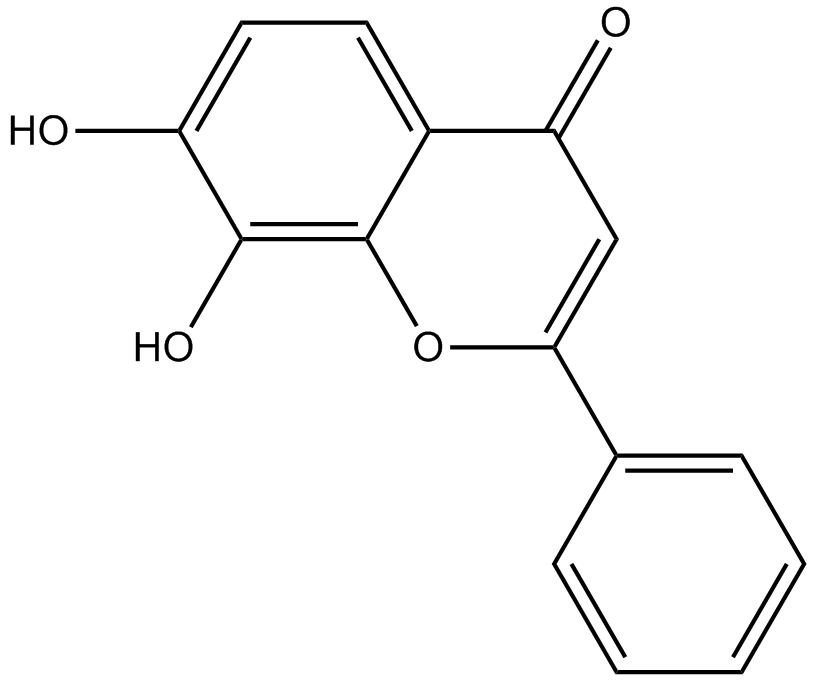 B5484 7,8-DihydroxyflavoneSummary: Tyrosine kinase receptor B (TrkB) agonist
B5484 7,8-DihydroxyflavoneSummary: Tyrosine kinase receptor B (TrkB) agonist -
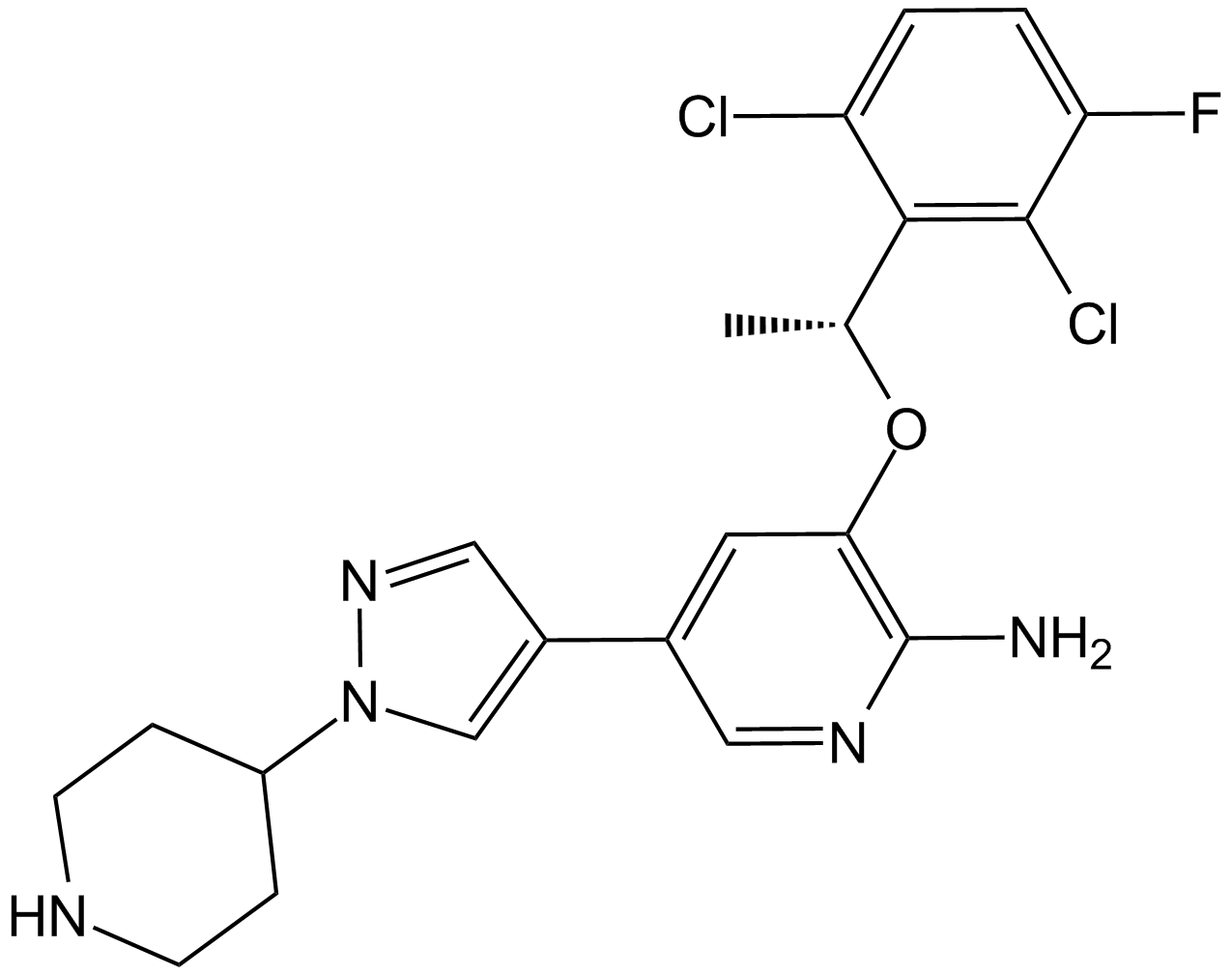 A3020 (R)-Crizotinib3 CitationTarget: c-METSummary: C-MET/ALK inhibitor,potent and ATP-competitve
A3020 (R)-Crizotinib3 CitationTarget: c-METSummary: C-MET/ALK inhibitor,potent and ATP-competitve -
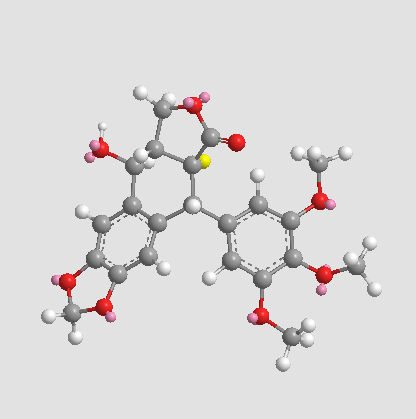 A3209 AXL1717Target: Insulin-like growth factor receptors(IGFRs)Summary: IGF-1R inhibitor,orally active
A3209 AXL1717Target: Insulin-like growth factor receptors(IGFRs)Summary: IGF-1R inhibitor,orally active -
 A3276 Canertinib dihydrochlorideSummary: Pan-ErbB inhibitor, potent and selective
A3276 Canertinib dihydrochlorideSummary: Pan-ErbB inhibitor, potent and selective -
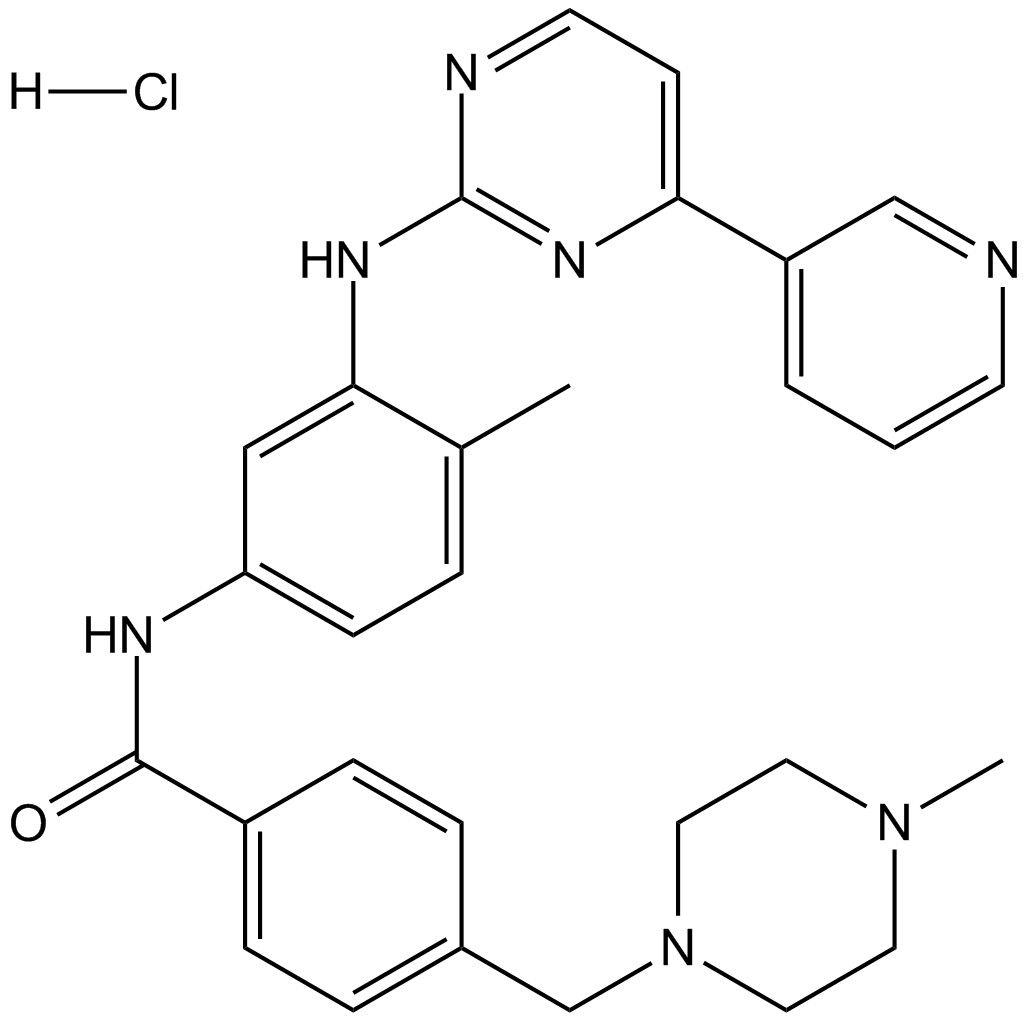 A3487 Imatinib hydrochlorideSummary: V-Abl/c-Kit/PDGFR inhibitor
A3487 Imatinib hydrochlorideSummary: V-Abl/c-Kit/PDGFR inhibitor -
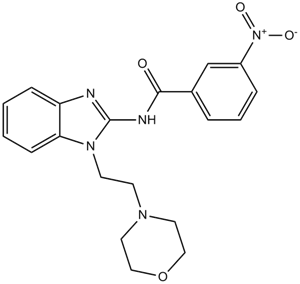 A3505 IRAK-1-4 Inhibitor I3 CitationTarget: IRAKSummary: IRAK-1/4 inhibitor
A3505 IRAK-1-4 Inhibitor I3 CitationTarget: IRAKSummary: IRAK-1/4 inhibitor

